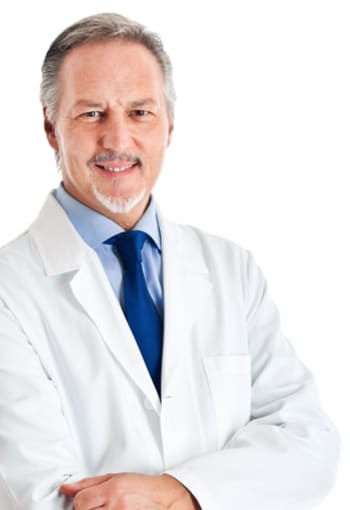Surgery to Assist Orthodontics
OMSs and orthodontists work together to provide comprehensive treatment plans.
Oral and maxillofacial surgeons and orthodontists often work together to give patients a functional and aesthetic smile. Your orthodontist may refer you to an OMS for a variety of procedures to help ensure your upper and lower jaws work together to allow you to breathe, chew and speak properly.
You may be referred to an OMS for procedures such as tooth extraction(s), exposing of an impacted tooth or as a part of orthognathic treatment (corrective jaw surgery). As each case is unique, you may see an oral and maxillofacial surgeon as part of your comprehensive orthodontic treatment plan before you braces are put on and again after they are removed.
Tooth Extractions
You may need to have a tooth extracted for a number of reasons, such as decay, injury or as part of orthodontic treatment. Whatever the reason, you will most likely be referred to an oral and maxillofacial surgeon (OMS) who will remove your tooth in the office using an anesthetic that is appropriate for your procedure.
Exposing Impacted Teeth (Expose and Bond) as Part of Orthodontic Treatment
It is not uncommon for teeth other than wisdom teeth to be impacted (or blocked) from entering the mouth. Fortunately, many of these teeth can be brought into proper position rather than removed. By working together, your oral and maxillofacial surgeon and orthodontist can often bring the impacted tooth through the gum and into the correct position through a procedure known as expose and bond. The OMS will expose the impacted tooth and bond an orthodontic bracket and chain to the tooth. This bracket will then be connected to the patient’s braces. The patient’s orthodontist will then work to gradually bring the tooth into the proper position – resulting in a beautiful, healthy smile.
Temporary Anchorage Devices (TADs)
Temporary anchorage devices (TADs) are occasionally used for a short time during orthodontic treatment. TADs are small titanium screws that orthodontists use to help reposition teeth.
TADs are usually placed by oral and maxillofacial surgeons in their office. When the TADs are no longer needed, they are removed and the site is usually fully healed in a couple days.


